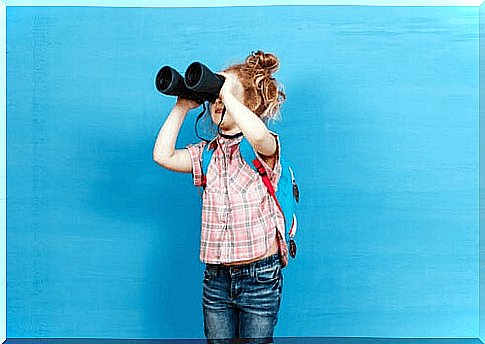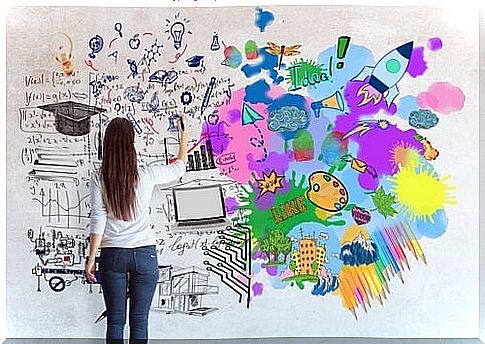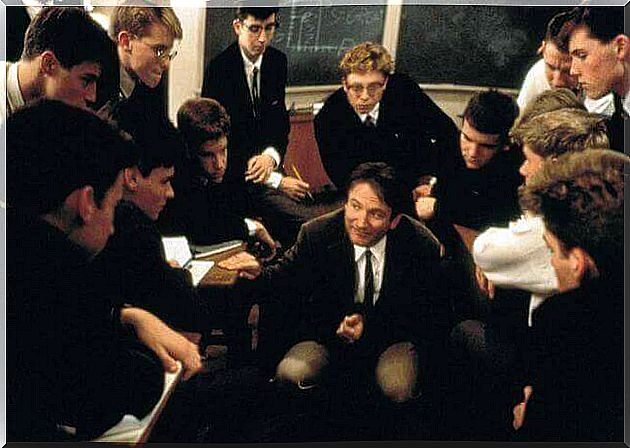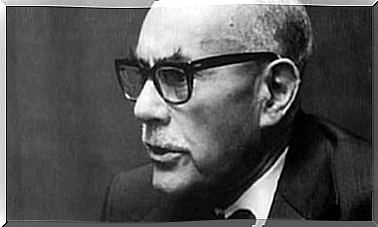Meaningful Learning: The Value Of Learning By Doing

What is meaningful learning? Good memory involves certain doses of repeating what we see or hear. Because we only really learn when, after observing how it is done, we put all our resources into doing it independently.
This is why it is necessary to promote an active methodology at school, in which children act as real protagonists, rather than as receivers of data. Or, at least, a combination of the two.
We need children to be masters of what they learn, to keep the flame of creativity alive, the desire to explore, instead of it slowly being extinguished over the years. May their curiosity for what they have learned – and what they still have to learn – have no limits and that they devote more time and interest to it.
But even in adulthood, this curiosity, this desire for more, for enrichment and for knowledge, must not be lost. Because it’s only when we get involved, when the information we receive attracts us, that we really learn the most; when what interests us remains engraved in our mind.
The meaningful learning of Ausubel
David Paul Ausubel was an American psychologist and educator who belonged to the constructivist movement and who focused on the development and organization of knowledge-based education that students possess.
Among his theories, the one that refers to meaningful learning stands out. It is a perspective in which one takes into account the fact that true knowledge can only arise when new information makes sense in light of the knowledge that one already has.
This means that for Ausubelel, learning is only possible when new learning is related to existing learning. Not so much by similarity, but rather because of this interaction a new and richer meaning is constructed.
Thus, Ausubel’s theory of meaningful learning includes each of the elements and factors that ensure the acquisition, assimilation and retention of the content that children receive in school and that are decisive for the acquisition of meaning. for them.

So, in order for us to achieve this feeling of learning, we need two conditions:
- A willingness to learn: that is to say, to feel desire and curiosity for the information that one receives
- That the material is presented according to our cognitive development: this means that in our mind there must be traces of memory that allow us to introduce and integrate the new knowledge into the previous structures.
The first point begins with motivation, interest, the feeling of being attracted and excited. We must be excited to learn and remember. So that what we capture is not just another piece of information. But something we want to make our own.
The second condition concerns the anchors, these structures which allow us to have a base from which we can support and connect subsequent knowledge and thus create a memory imprint.
Further, Ausubel divides knowledge into three types in his theory:
- Subordinate : new information is included as new examples of a more general term than we already have
- Supraordinated : New information is included as new examples of a more specific term than we already had
- Combinatorial : the new concepts are linked to others that we have at the same level

I learn, I retain and I remember
Ausubel’s point of view leads us to reflect on memorial learning and its short lifespan. Because the memory is erased when it stops repeating itself over time. In this way, meaningful learning seems to have a more solid character. Indeed, it is not learned by repetition but by the relationship between concepts and knowledge. This makes it easier to remember.
Thus, meaningful learning occurs when we are truly prepared, both motivally and mentally, to acquire new learning. Because when we really learn, it’s when there is that spark that has captured our attention. Activated our resources. And pushed us to acquire and integrate something new.










